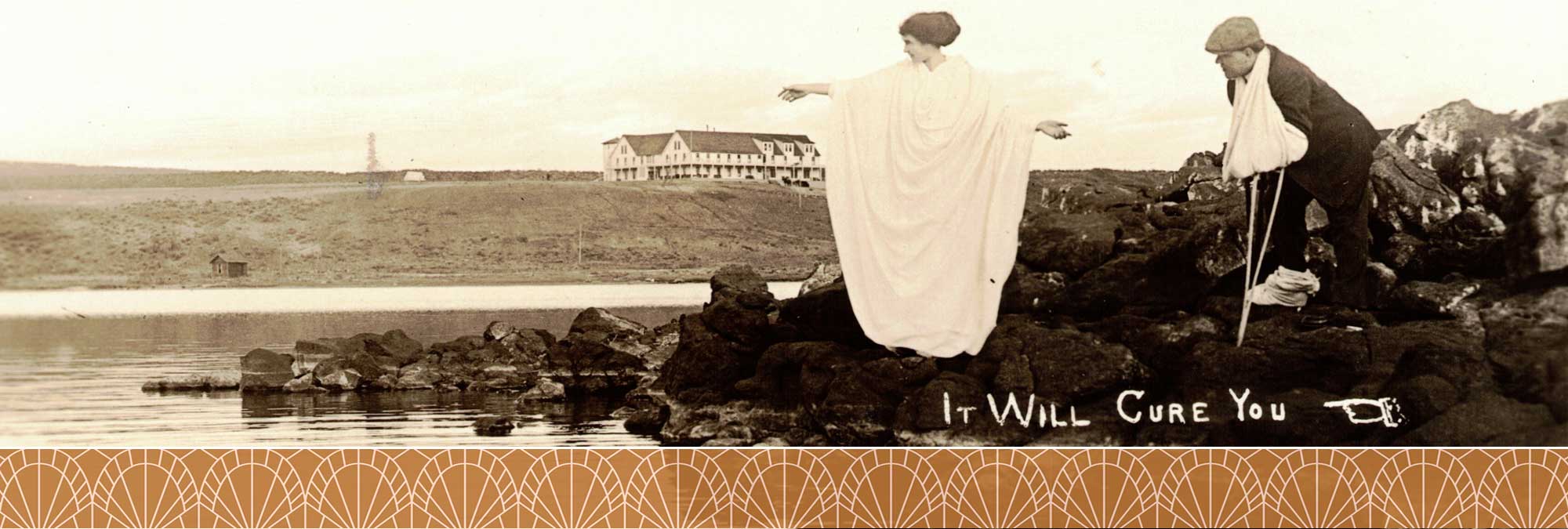Built Upon a Dream
Rockwell Group’s exhibition spaces for the National Center for Civil and Human Rights in Atlanta connects two ongoing struggles
Interior Design, November 2014
By Laura Fisher Kaiser
In a darkened corner of the National Center for Civil and Human Rights in Atlanta, Barry Richards sits at a replica of a segregated lunch counter. The principal and studio leader at Rockwell Group, which designed the center’s exhibition galleries, pulls on a pair of headphones. Angry taunts, threats, and menacing breathing fill his ears. Even though Richards knows what’s coming, he is still unnerved by what happens next – the physical sensation that someone is violently kicking his stool. This goes on for several minutes. He closes his eyes, winces. When it is over, he sits quietly for another minute to compose himself. He sighs and gets up. He’s managed to get through it without needing the one anachronistic object on the counter: a fresh box of tissues.
Visitors go through a lot of tissues at the CFCHR, a three-story cultural venue that is more living theater than museum. The project represents Rockwell’s fourth collaboration with Tony Award-winning director George C. Wolfe, who serves as the center’s chief creative officer. Their prodigious theatrical resumes are especially evident in the experiential “set design” of the chronological narrative of the 1960s’ civil rights movement. Artfully paced lighting, graphics, audio, music, props, and imagery create a dramatic tension, turning a series of black-box rooms into an emotional time-traveling rollercoaster that jolts visitors at every turn, from Jim Crow and the Freedom Riders to the March on Washington and the assassination of Martin Luther King, Jr.
“We spent a lot of time talking about storytelling, about a linear narrative technique for telling the story of civil rights in this country as you might build a play. George had some interesting diagrams about how to pulse that – for example, having a kind of intermission with the March on Washington before delving into the country being on fire,” says David Rockwell, president and founder of Rockwell Group. “We’ve never used choreography in quite the same way. Every surface, every inch of space tells part of the story–the carpet, the ceilings, the stairs—to engage and immerse viewers in the amazing swirl of history going on around them.”
The 42,500-square-foot building, designed by Freelon Group, consists of two [40-foot-high] curved walls that cradle what design architect Phil Freelon calls a “space for action.” (Freelon Group is now part of Perkins+Will. HOK was the architect of record.) That geometry is legible inside, where Rockwell exploited the angled walls and columns to create effects that are alternately triumphant or intentionally disorienting.
The civil rights journey starts in a tunnel plastered with 1950s snapshots of everyday life in the New South. All the people on the right are black; those on the left are white; overhead looms black netting through which images of burning crosses and beaten blacks are illuminated by popping flashbulbs. In the next room, segregationists rant from precariously stacked vintage television sets. Their deeds and diatribes — particularly ridiculous statements are highlighted with the phrase “AND I QUOTE” — are printed in vintage newspaper type on the walls. Visitors can search Jim Crow laws by state using old-timey train-schedule flip-board signs.
Given that much of the civil rights struggle involved horrific events, the designers had numerous discussions about how graphic the graphics should be. “You don’t want to sugarcoat it,” Richards says. Nor sensationalize. For that reason, Wolfe decided that the best way to present Emmitt Till was as the sweet smiling boy he had been, not as the victim he became. Key players and events are depicted using iconic photojournalistic images and commissioned artwork. A collage of Freedom Rider mug shots covers a facsimile burned-out bus. The three girls killed in the Birmingham church bombing are memorialized in contemporary stained-glass portraits. An enlarged photo of someone cleaning up King’s blood still pinches the heart. Throughout, the designers stuck with a matter-of-fact palette of newsprint black and white with hot-red accents.
On the third floor, the more thematic global human rights gallery, curated by advocate Jill Savitt, takes advantage of natural window light to strike a more measured tone as exhibits focus on modern-day issues of human trafficking, genocide, and poverty. On one side, the perimeter wall curves inward 18 degrees, making life-size silhouettes of dictators mounted on them seem all the more oppressive. Opposite this wall of shame is the wall of fame where Ross Rissen’s larger-than-life [oil] portraits of such humanitarian heroes as Gandhi and Eleanor Roosevelt stare down the forces of evil. In the center, interactive exhibits showcase “current defenders” and help visitors consider their own roles as global citizens.
Down two flights of stairs, a basement space provides a serene sanctuary to contemplate artifacts from Morehouse College’s Martin Luther King, Jr. Collection including items from the suitcase King was carrying the night of his assassination, annotated drafts of speeches, and report cards from seminary school. (A “C” in public speaking, really?) Hickory-paneled walls glow under low lighting, and a reverent hush envelops the room. “In some ways, this is the heart of the whole museum and as such the most protected,” Richards whispers. Behind him, King’s most famous words, “I have a dream,” scroll in illuminated white text across a virtual black granite wall, shining bright, then brighter, over and over, in 25 different languages.
##


